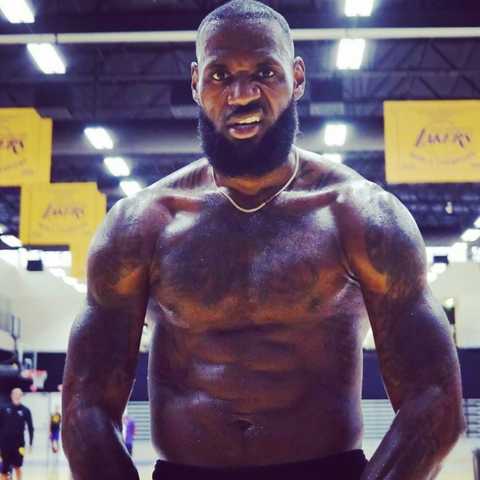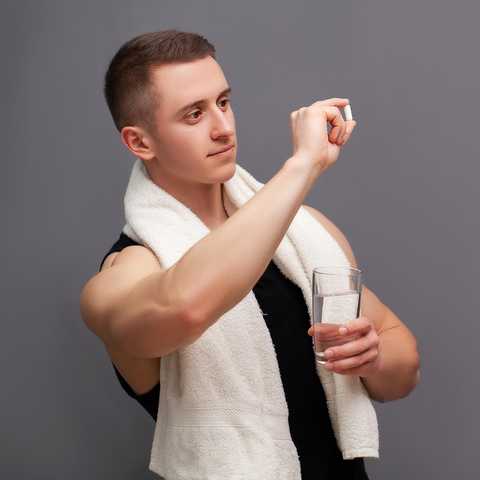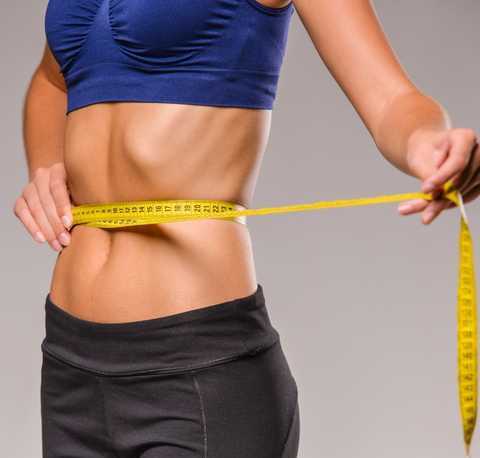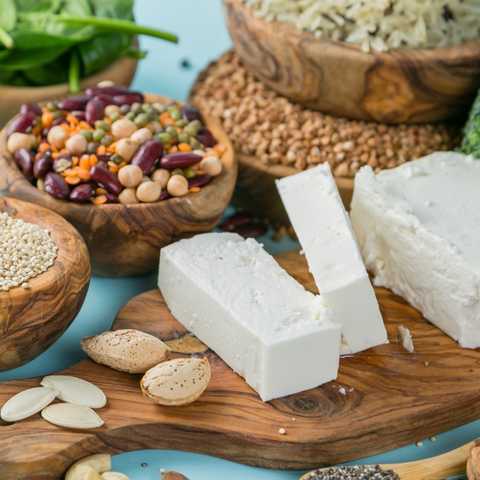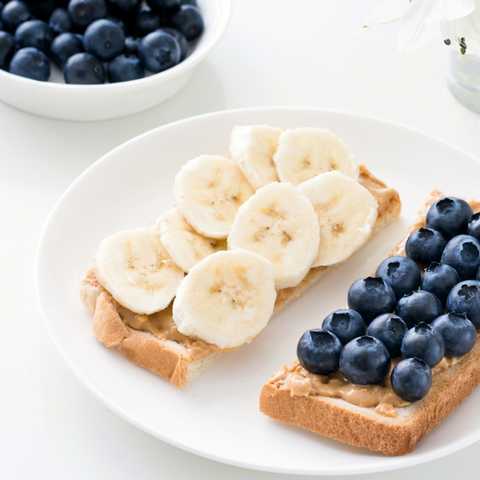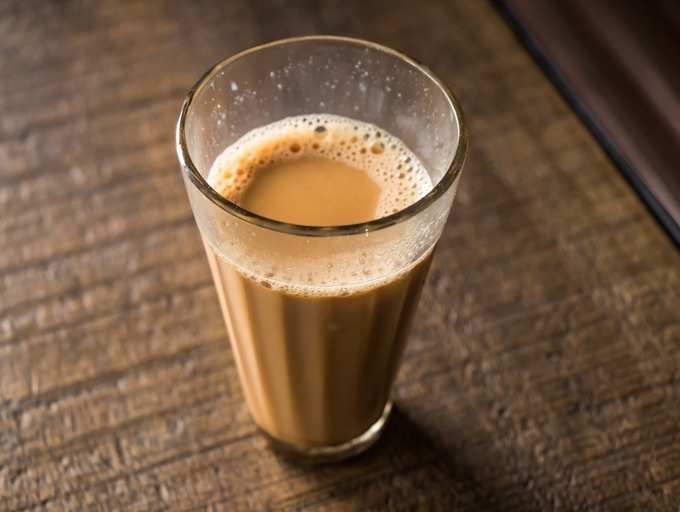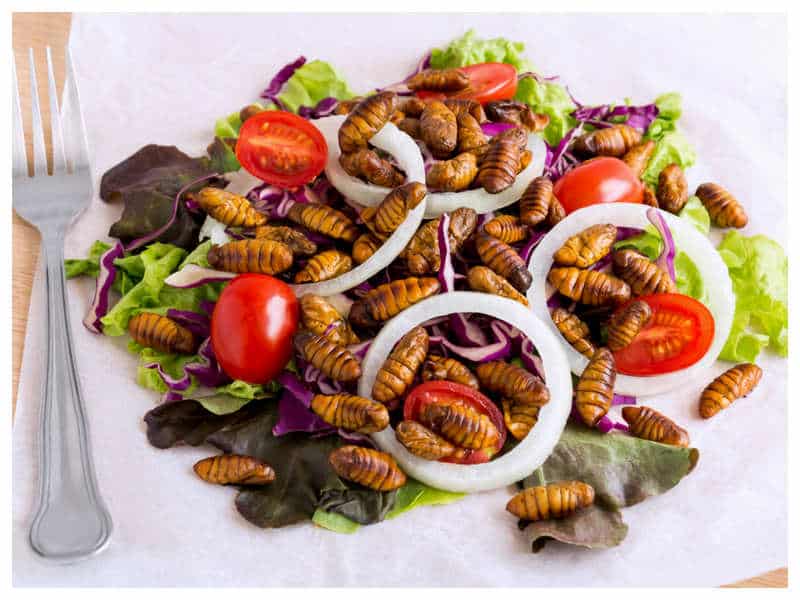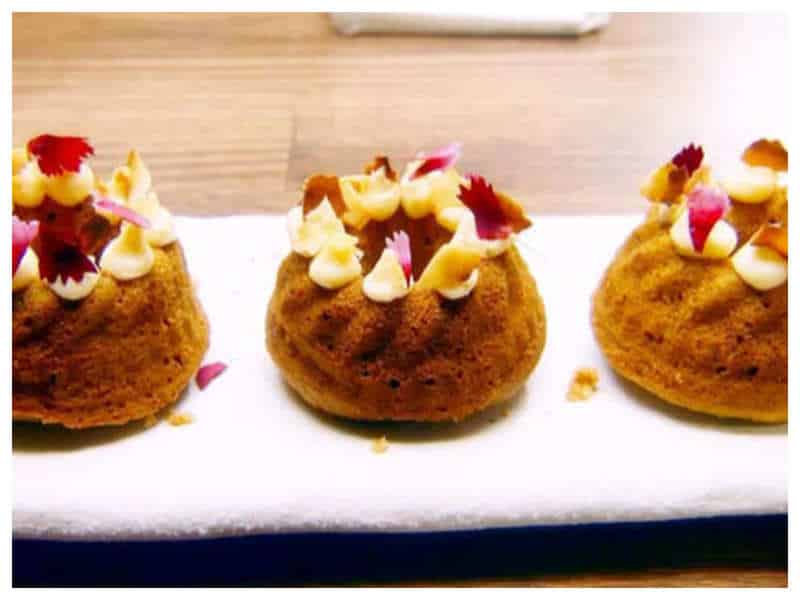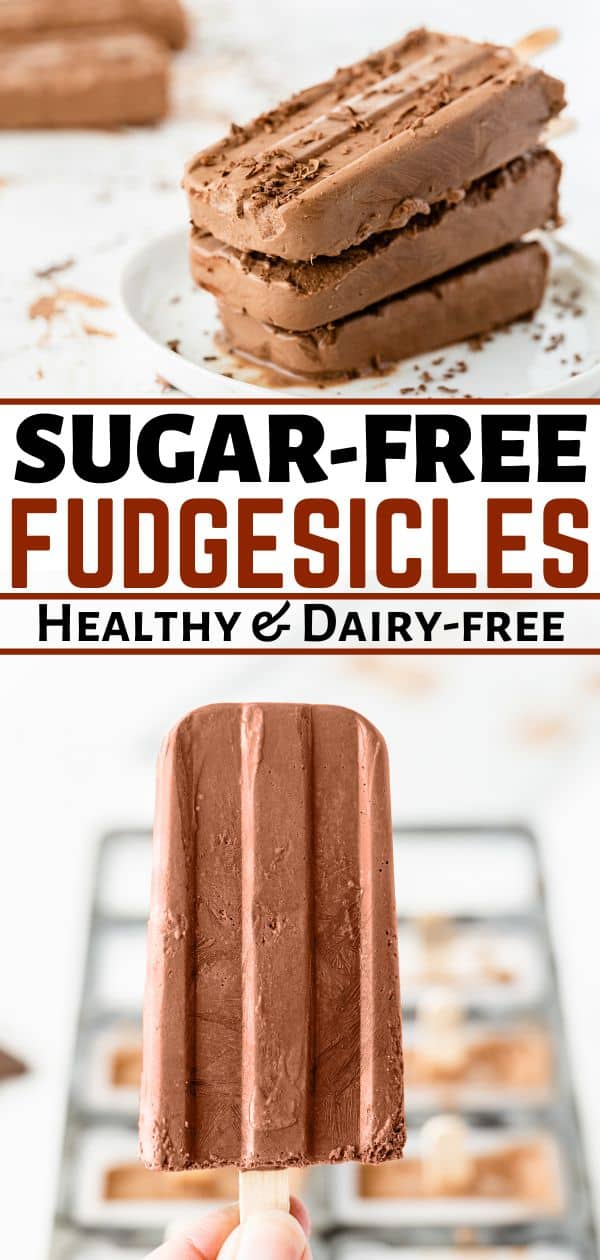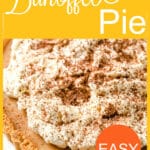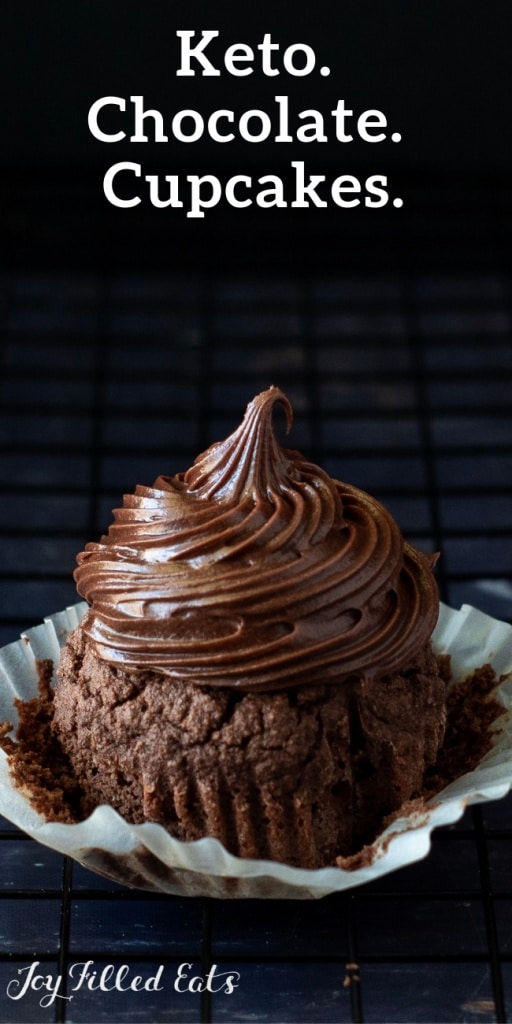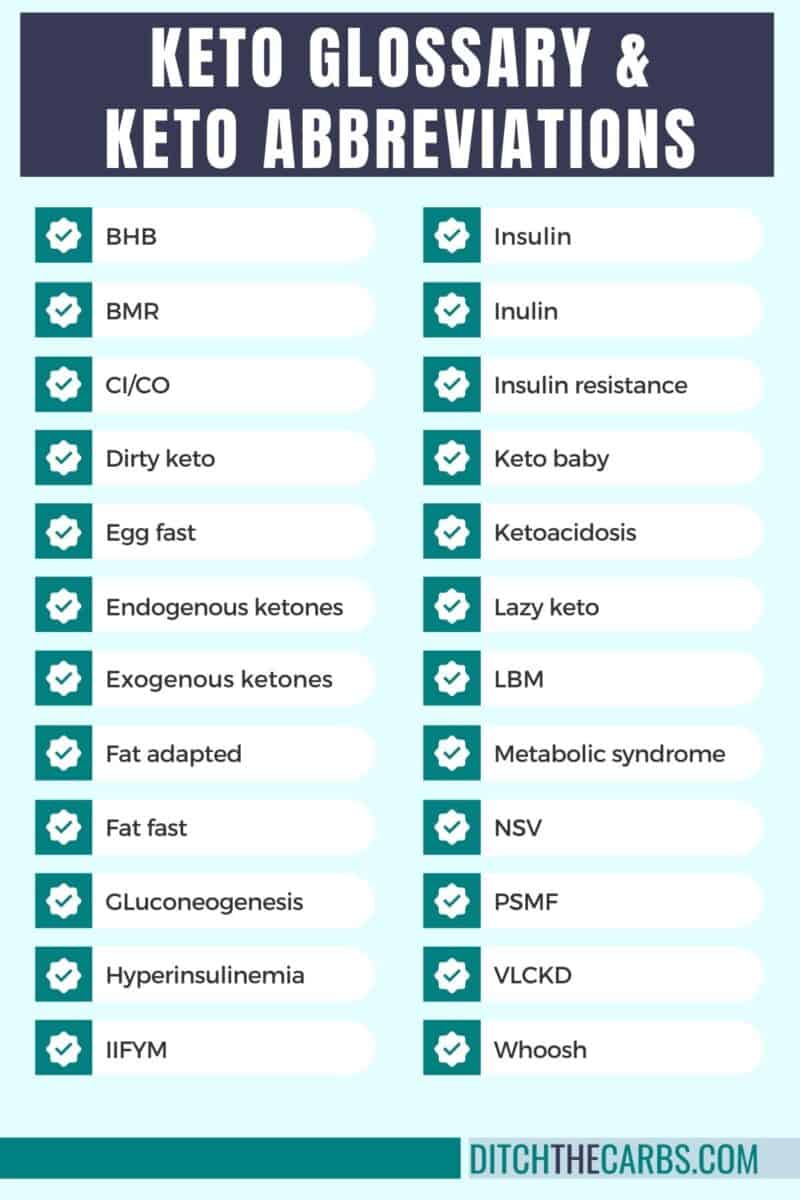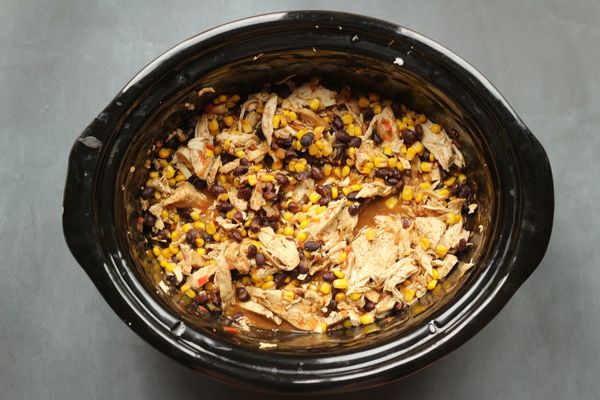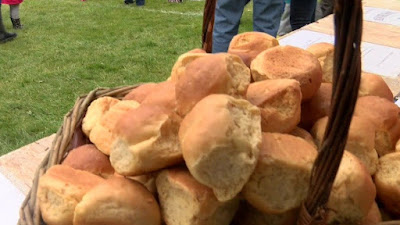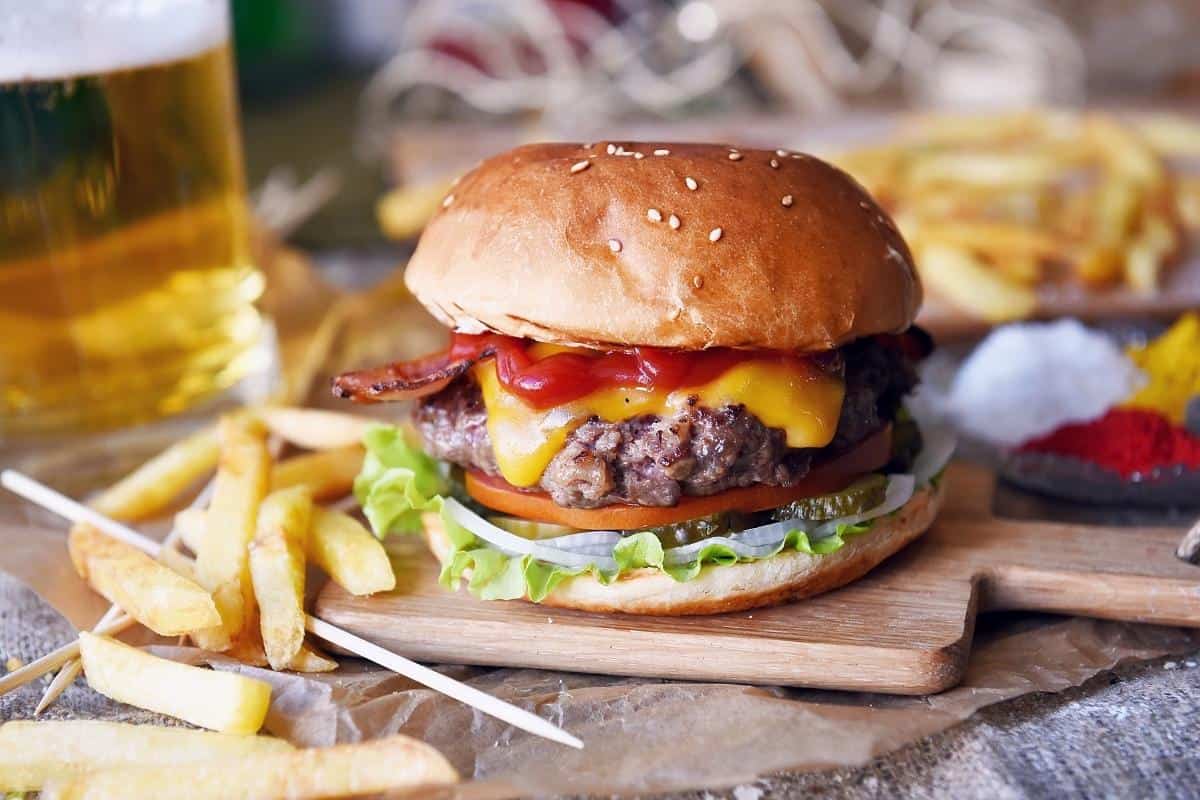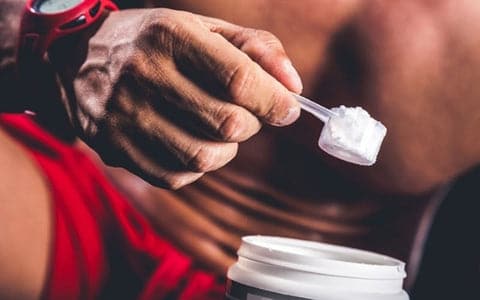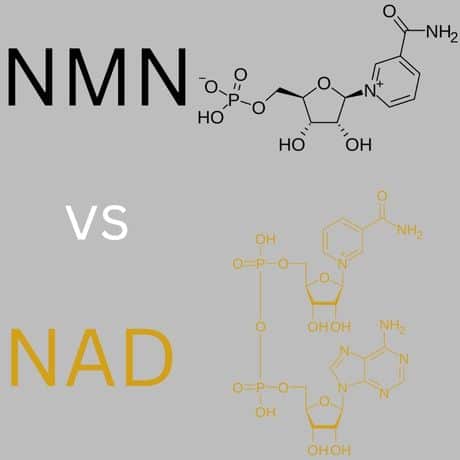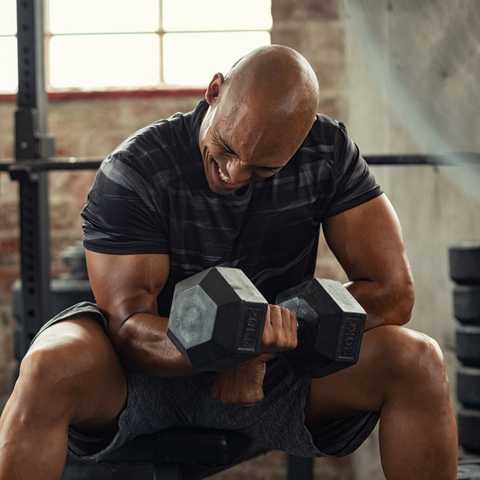That’s because to do it correctly and see results, the cutting phase requires far more precision.
Starting a cutting diet can be demanding as you need to know what, when, and how much to eat. But, keep in mind that similar to many things in life, tougher challenges often result in bigger rewards!
Cutting also gets easier once you get the hang of it. But until then, we’ve got your back. Stick with this list of the best cutting foods to make your diet as effective as possible.
Table of Contents:
- What Is A Cut?
- 12 Best Foods For Cutting
- 4 Bonus Weight Loss Foods
- Tips For Losing Weight and Maintaining Muscle Mass
- Best Practices For Food Timing On A Cutting Diet
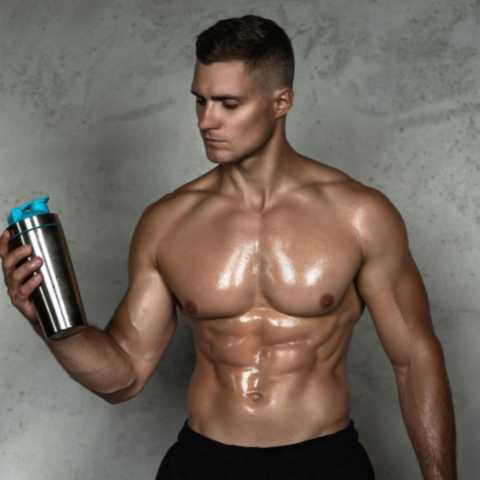
What is a cut?
What is a cut, you ask? Here are four variables to help define it.
1. A Cutting Diet Is Paired With A Bulking Diet.
A cutting diet is usually paired with a bulking diet as part of an ongoing process. During the bulking phase, trainees will increase their caloric intake slightly to build muscle mass.
Then, during the cutting phase, the trainee will create a slight calorie deficit to help burn any excess fat gained from the bulk.
2. A Cutting Diet Is Less Than 3 Months Long.
As the cutting phase is part of a cyclical diet, it’s intended to only be followed for a short time. While there is no set time frame, most are around 8-12 weeks (2-3 months).
On the contrary, a healthy weight loss diet is usually done for at least 6 months, if not more. In some cases, diets like the 80 20 rule diet, can even be viewed as year-long plans.
3. A Cutting Diet Improves Body Composition.
Of course, a weight loss plan may also help improve body composition. However, fat loss is the main goal.
On the other hand, a cutting diet is part of a bigger plan that aims to increase muscle mass while maintaining a low body fat percentage.
4. A Cutting Diet Is For Trainees With Less Body Fat.
A cutting diet is a short-term diet for those who already have a relatively low body fat percentage. Again, a cutting diet is used alongside a bulking workout and diet to gain muscle mass over time.
Now that we know exactly what a cut is, let’s take a look at the best food for cutting.

12 Best Foods For Cutting
Congrats! You’ve successfully completed a bulk, and now you’re ready to maintain your muscle while losing body fat. Step No. 2 is to figure out what to eat when cutting.
Here are the 12 best foods for cutting weight and hitting your goals.
1. Water:
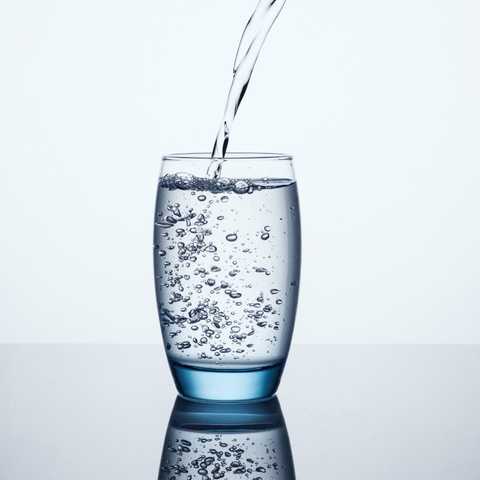
The very first item on our list of best foods for a cut is water. Yes, good ole’ H2O! Some people may say it’s not food, and technically, it isn’t. However, it’s an essential part of life and plays a pivotal row in a healthy diet.
One of the best ways to instantly cut out calories is to only drink water, at least for the vast majority of the time (this doesn’t include protein shakes). If you eliminate all excess calories from liquids, you may be able to cut around 200 calories a day.
Water can help you feel fuller, and increasing water intake may increase lipolysis and improve body composition¹.
This doesn’t mean all liquids, like milk, are harmful. But, remember our goal: We’re trying to get the most nutrition and satiety out of our foods. While something like milk makes you feel fuller, it’s nothing compared to real food, particularly on a cut.
2. Watermelon:
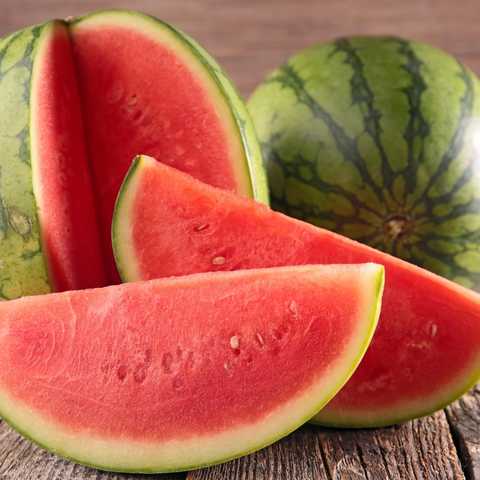
Think of watermelon as your best friend when trying to lose body fat. Interestingly, if you were to compare the mass to calories, watermelon is the best food for cutting weight. This is because, as the name suggests, watermelon is basically water! In fact, 92% of watermelon is water.
One hundred grams of watermelon delivers just 30 calories, which mostly comes from sugar. If you were to eat an entire 13-pound watermelon, you would consume just under 1,000 calories, as it averages out to around 70 calories per pound.
This can greatly help craving and hunger pains and, at the same time, hydrate you. Watermelon also delivers generous quantities of:
- Vitamin C
- Potassium
- Copper
- Vitamin B5
- Vitamin A
3. Chicken Breast:
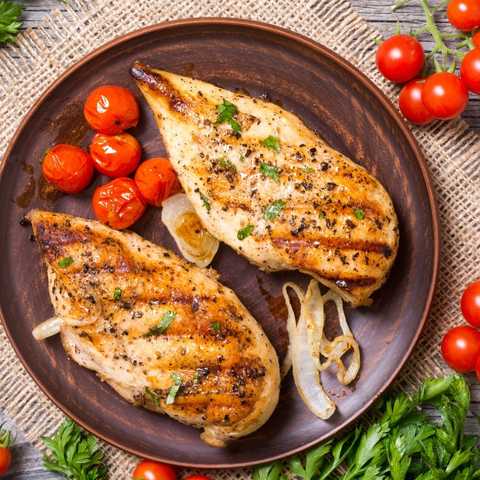
Chicken breast is a classic bodybuilding food that has been the foundation of cutting diets for years. It is one of the best foods for cutting fat as it has a very high protein content mixed with very low calories and minimal saturated fat. In fact, when cooked plain (or seasoned), a lean cut of chicken breast is around 80% protein, making it one of our favorite high protein low fat foods.
With that all said, chicken breast is valuable to your cutting diet. Even though muscle growth isn’t your primary goal, chicken provides high-quality protein with minimal calories, effectively mitigating muscle loss.
4. Green Tea:
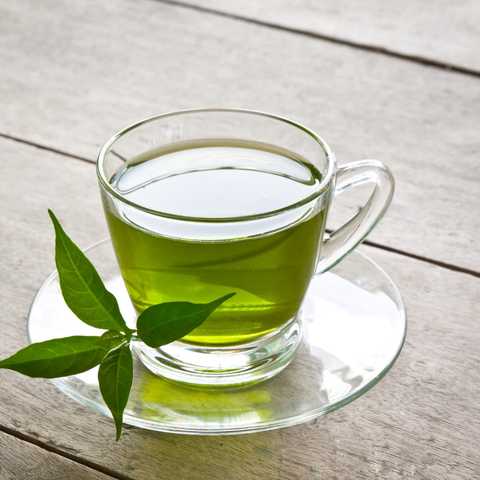
Green tea is another liquid that promotes weight loss, which, interestingly, primarily occurs through its caffeine content. Caffeine has long been known to be thermogenic, with fat-burning properties that help promote weight loss. This comes from its ability to increase lipolysis, which is the breakdown of fat.
A common practice is to consume caffeine before performing fasted cardio².
One cup of green tea contains around 50 grams of caffeine. While this isn’t hugely significant, having several cups throughout the day adds up. To sweeten the deal even more, green tea contains other polyphenols and catechins, which act as antioxidants.
5. Brown Rice:
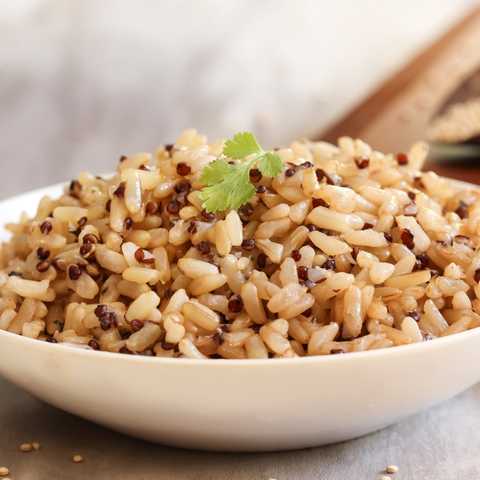
White rice is a great carb source during maintenance, or even when wanting to gain muscle mass. But, you want to get the most bang for your buck during a cutting diet. This means that when comparing white and brown rice for cutting, brown rice comes out on top.
This is because brown rice is rice that hasn’t been processed and milled, which allows it to keep all of its nutrients, including fiber, manganese, iron, and B vitamins.
When on a cutting diet, you want every calorie to provide as much nutritional value as possible. Brown rice does just that.
6. Casein Protein Powder:

While we love whey protein, we believe casein protein powder is the better choice during a cut.
To begin with, the fullness you get from drinking a protein shake made with casein powder is significantly higher than when it’s made with whey protein. Casein also provides elevated levels of muscle protein synthesis for a longer time.
The slow release of protein is actually why it’s more filling than whey, as your body needs more time to break it down. Try a protein shake made with casein, and you’ll see what we mean. Please note that it is significantly thicker, so you may need to mix it with more water or milk.
For those interested, we have a great article explaining more about casein protein powder and the differences between casein vs. whey.
7. Whole Eggs:
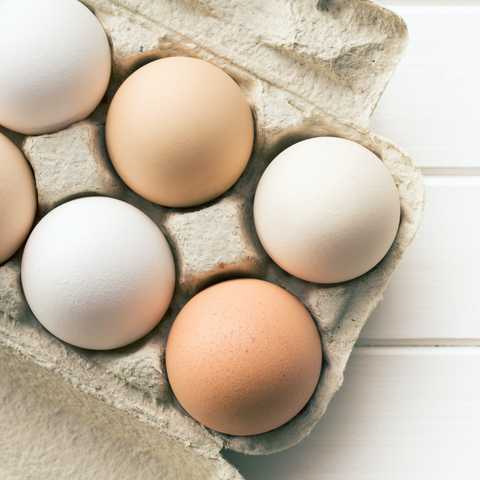
Whole eggs are a must for any cutting diet. The whites of an egg are fantastic sources of high-quality protein, while the yolks deliver a host of nutrients.
When looking at the amount of nutrition one egg delivers compared to how many calories one has, it’s one of the more nutrient-dense foods to eat.
One egg provides 6-8 grams of protein at about 70-80 calories. Most of the protein comes from egg whites, while the yolk contains a lot of calories due to its fat content. While healthy fat intake is vital for any healthy diet, too much can wreck a cutting diet.
Therefore, if you like eggs, you can eat 1 to 3 whole eggs and use egg whites to add more protein without the extra calories. You can also check out these great egg white protein powders if you want to enjoy the nutrients in shake form.
No matter how you include them, just make sure you do, as studies show that a high-protein meal for breakfast that includes eggs can result in more weight loss and better body composition than a breakfast of bagels³.
8. Leafy Greens:
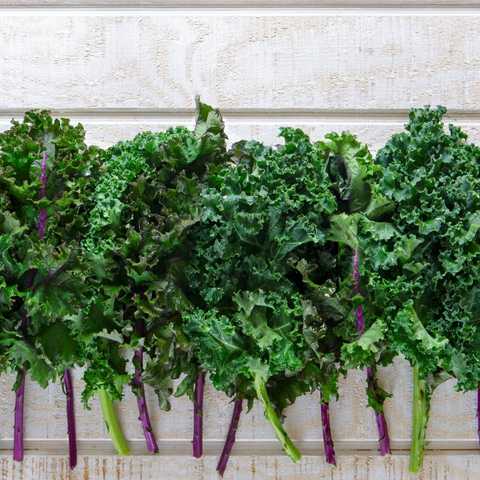
Leafy green vegetables should play a significant role in your cutting workout and diet. For one, leafy greens pack a ton of essential nutrients, vitamins, and minerals, making them very healthy foods to eat.
We like to include greens by mixing them in our morning protein shake. This helps ensure we get a large dose of vitamins and minerals while feeling full.
In addition, some leafy greens, like collard greens, are packed with fiber, a type of carb that is difficult for your body to digest. Along with providing a ton of health benefits, fiber makes you feel full.
Not all leafy greens are high in fiber, but you should eat all of them regardless. Even if they don’t, leafy green vegetables have very few calories for their mass. For example, 100 grams of cabbage has just 25 calories!
While you can “overeat,” it would be very hard to do, and it would fill you up. WAs a strategy, you can first eat as many leafy greens as you’d like and get semi-fill before moving on to more high-calorie foods.
9. Cottage Cheese:

Despite cottage cheese being an often forgotten protein source, there’s a reason it makes the list of best muscle-building foods. Its protein content is exceptionally high. Natural food sources are one of the best sources for lean protein intake.
For about 160 calories, you get 28 grams of protein plus a considerable amount of other essential nutrients, such as sodium, selenium, vitamin B12, riboflavin, calcium, and folate.
10. Greek Yogurt:

Greek yogurt is one of the best foods there is for those looking to maximize their protein intake with natural foods. If you look hard enough, you can even find some brands that offer a nutrition profile that rivals that of a quality protein powder.
For example, the unflavored version of Chobani delivers 22 grams of protein at just 130 calories. While not all styles are this lean, most Greek yogurts are above 40% protein. Plus, Greek yogurt is one of the best foods to eat to get a good dose of probiotics!
Your gut is home to trillions of bacteria that help your gut perform various tasks and optimize digestion. By eating probiotics, you encourage the growth of these healthy bacteria cultures. As a result, your body can digest food better, resulting in better absorption of protein and nutrients and less bloating.
Looking for a delicious way to incorporate Greek yogurt into your meals? We suggest using it as a topping for high protein oatmeal!
Related: Best Probiotics For Men
11. Sweet Potatoes:
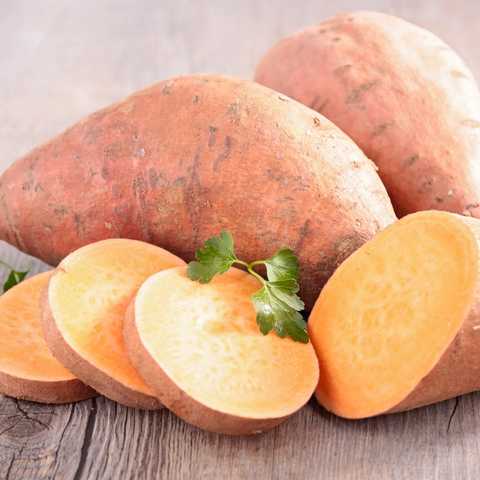
One of the biggest mistakes we make is not truly appreciating the deliciousness of sweet potatoes. The main problem with the typical American diet is that it includes so much added sugar that when we aren’t able to notice how sweet some natural foods are, such as the sweet potato.
Once you cut out all the junk and processed food from your diet, eating a sweet potato is seriously good.
Now, the vast majority of the calories come from carbs. A large sweet potato at 180g delivers 162 calories, with 148 (37g) coming from carbs. Five of these grams come from natural sugar while delivering about 4 grams of fiber. The remaining calories come from its 3.5 grams of protein.
The sweet potato delivers various nutrients such as vitamin A, potassium, and vitamin C while satisfying any cutting sweet tooth.
12. Salmon:
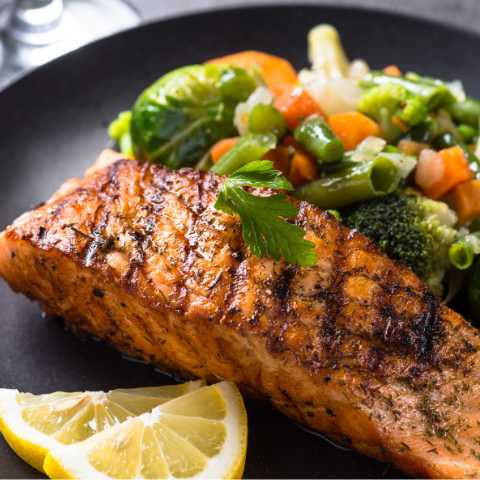
You need your essential fatty acids, and the best way to get those is by eating salmon! Salmon is a fatty fish that tastes great, is low in calories (121 calories per 3 ounces), contains a high protein content (17 grams), and has essential fatty acids.
While it may have slightly more calories than other fish due to its fatty meat, it’s an ideal food for fat loss. Those extra calories come from its hefty dose of healthy fats that are required for healthy function. It’ll help you keep your energy up as you cut calories yet still crush your workout split.
4 Bonus Foods To Eat For Weight Loss
Looking for more great foods to eat when cutting? There is no shortage! Here are 4 other honorable mentions.
1. Onions, Peppers, & Mushrooms:
These can definitely help flavor your foods naturally in lieu of sauce. Use these separately, or all together, to give your foods a fresh, natural taste that provides various nutrients with few calories.
2. Olive Oil:
If you need some healthy fat, olive oil is a good choice. It provides a host of health benefits making it the go-to oil for many fitness enthusiasts. For a delicious high protein lunch idea, drizzle a grilled chicken salad with olive oil.
3. Legumes & Beans:
Legumes and beans are awesome. They’re a great veggie protein source and pack a ton of fiber. Kidney beans deliver 25 grams per 100-gram serving! Plus, they taste great.
4. Whole Grains:
Whole grains are an excellent source of carbs. Our personal favorite is oatmeal as it delivers protein (high for plants), soluble fiber (good for gut health!), manganese, iron, and a host of other nutrients.
To satisfy a cutting sweet tooth, create a high protein cookie recipe using whole grains and protein powder.
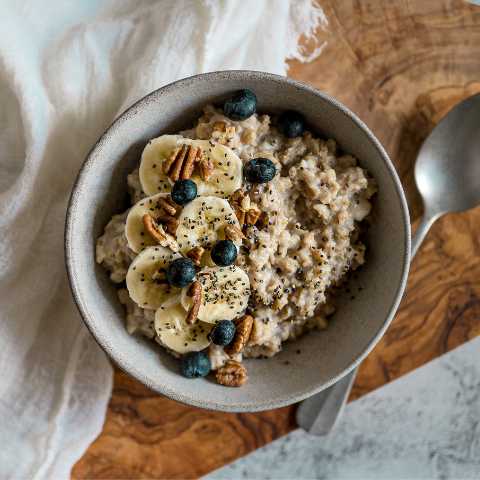
Tips For A Successful Cutting Diet
You’ve got your cutting foods, and while they’re awesome, they won’t be effective if you don’t know how to use them. The number one goal of a cutting diet is to create a caloric deficit.
But, that leads us to several key questions. How many calories should you eat? And when’s the best time to eat? This section will go over what you need to know to have a successful cutting diet.
1. Get In A Minimal Calorie Deficit.
When getting into a caloric deficit, the general rule of thumb is to decrease your calories by 300 to 500 calories max.
The reasoning behind this is that when we eat fewer calories, we stress our bodies. As a result, various physiological adaptations occur, such as an increase in cortisol, our body’s stress hormone. Its presence can encourage the breakdown of muscle mass for fuel, and that’s not good.
Secondly, your body needs fuel. Whether you’re cutting, trying to lose weight, or building muscle, your body always needs fuel. When you are in a moderate deficit, your body is likely able to still get enough calories from breaking down fat. But when you cut too many calories, you can place too large of a demand on your body, increasing the chance of it breaking down lean muscle mass for fuel.
2. Increase Your Dietary Protein Intake.
A high-protein diet can be a very effective method for losing weight while maintaining muscle mass. This is due to two key mechanisms.
- Out of all three macronutrients, protein has the highest satiety value. This means you will feel fuller for a more extended period of time. This can greatly reduce cravings and leave you feeling more satisfied.
- Having a higher protein intake helps you preserve lean muscle mass. Remember above, when we said that when the body is in need of calories, it can break down muscle mass to get calories? When you eat protein, it is broken down into amino acids, which can then be converted into fuel. When you eat more protein, you provide higher pools of amino acids to be used for energy, helping you avoid muscle loss.
The International Society of Sports Nutrition position stand (ISSN) states that during weight loss, a trainee should increase their protein intake more so than when bulking⁴. Even though muscle hypertrophy isn’t your goal when cutting, eating more protein will help maintain as much muscle mass as possible.
You should eat at least 2.0 grams of protein per kilogram of body weight, if not more. A study from ISSN found that when resistance-trained lean athletes ate 3.4 grams of protein per kilogram of body weight, they were able to improve their body composition while gaining muscle mass and losing fat⁵.
A separate study had resistance-trained lean athletes consume a surplus of 800 calories and eat 4.4 grams of protein per kilogram of body weight while resistance training⁶. While they didn’t burn fat, they didn’t gain any either!
We’re not saying you need that much, but one thing is clear: Increasing your calorie intake from protein definitely helps with maintaining muscle as you burn fat.
3. Consider Your Macro Ratio.
When looking at your total macro ratio during cutting, we have already seen that your protein intake is going to increase, as this is ideal for fat loss. When it comes to counting macros and accounting for carbs and fat, here are our suggestions.
As mentioned, you are going to increase your dietary protein. In addition, only decrease your fat intake if it’s very high, leaving you with only carbs to cut. You’ll likely find that when cutting, you end up following more of a low carb diet.
Remember that 1 gram of carbs has 4 calories. Therefore, 300 calories equal 75 grams of carbs. Further, 1 gram of protein is also 4 calories. This allows you to swap out one gram of carb for one gram of protein.
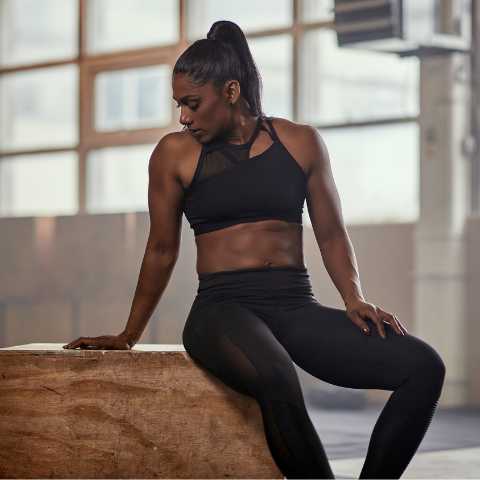
How to Use Food Timing When Cutting
A lot of fuss is made about food timing in the fitness world. One side makes it out to be everything, and if you get it wrong, your diet will collapse on you. The other side says timing doesn’t matter at all.
We think the answer lies somewhere in between.
1. Spread Your Meals Throughout The Day:
While some studies show “it doesn’t matter” when you eat, we feel this is a very nuanced subject. Some people will take these studies to say eat whenever you want, whether it’s once a day, 10 times a day, or all at night. And that’s not great.
There is a massive difference between saying you could eat whenever you want and saying you should eat whenever you want. Basically, just because you could doesn’t mean you should.
For one, studies are not the real world. Saving all your food to eat at once assumes people aren’t going to want to snack at any other point of the day. That’s not realistic. Having smaller meals throughout the day will help you curb unhealthy snacking and potentially binging later.
2. Spread Your Protein Intake Throughout The Day:
In addition to helping you feel more satisfied throughout the day, smaller meals can help evenly distribute protein throughout the day. Determining how much protein you need per serving is important for a few reasons.
For starters, too little protein per serving, and it doesn’t spark muscle protein synthesis. Too much, and you cross a threshold where you get little return.
Studies show that the best dose of protein is 20-40 grams of protein per serving7. As mentioned above, less than this doesn’t deliver maximal protein stimulus while more doesn’t provide extra benefit.
In order to deliver this optimal dose of protein, you obviously can only eat some of your protein at a time. Therefore, plan 4-5 protein servings throughout the day, every 3-4 hours. If desired, you can have a higher amount after your workout as long as each dose is greater than 20 grams of protein.
3. Plan Your Carb Intake Around Your Workout:
As we discussed, when we do create a caloric deficit, it’s generally carbs that we reduce. This means you’re left with a smaller amount each day.
In order to utilize these most efficiently, you should time them so you eat the majority of your carbs around your workouts. This can ensure you get the most out of the carbs you do eat.
There is no precise ratio to use. Start by eating 50% of your total intake before and after exercising. You can check out what to eat before a workout and what to eat after a workout to get some ideas about the best foods and meals.
For example, if you are eating 150 grams of carbs a day, eat approximately 75 grams of carbs around your workout. Breaking this down further, aim to eat 35-40 grams one hour before your workout and 35-40 grams after.
Final Thoughts on The Best Foods For Cutting
At the end of the day, reducing your calorie intake is the primary variable for success. If you utilize these best bodybuilding foods for cutting and eat a lot of lean protein while also increasing your intake of vegetables, you’ll likely find that you feel satisfied, even when reducing your calories.
It may take time to learn what works for your pallet, so spend some time learning to cook, and you’ll be good to go!
Ready to start planning for your next bulking phase? Check out our list of best bulking foods!
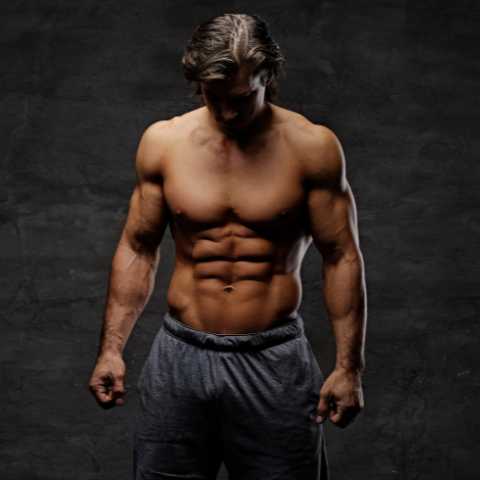
- Antonio J, Peacock CA, Ellerbroek A, Fromhoff B, Silver T. The effects of consuming a high protein diet (4.4 g/kg/d) on body composition in resistance-trained individuals. Journal of the International Society of Sports Nutrition. 2014;11(1). doi:10.1186/1550-2783-11-19
- Vij VA. Effect of “Water Induced Thermogenesis” on Body Weight, Body Mass Index and Body Composition of Overweight Subjects. JOURNAL OF CLINICAL AND DIAGNOSTIC RESEARCH. Published online 2013. doi:10.7860/jcdr/2013/5862.3344
- Collado-Mateo D, Lavín-Pérez AM, Merellano-Navarro E, Coso JD. Effect of Acute Caffeine Intake on the Fat Oxidation Rate during Exercise: A Systematic Review and Meta-Analysis. Nutrients. 2020;12(12):3603. doi:10.3390/nu12123603
- Jäger R, Kerksick CM, Campbell BI, et al. International Society of Sports Nutrition Position Stand: protein and exercise. Journal of the International Society of Sports Nutrition. 2017;14(1). doi:10.1186/s12970-017-0177-8
- Antonio J, Ellerbroek A, Silver T, et al. A high protein diet (3.4 g/kg/d) combined with a heavy resistance training program improves body composition in healthy trained men and women – a follow-up investigation. Journal of the International Society of Sports Nutrition. 2015;12(1). doi:10.1186/s12970-015-0100-0
- Antonio J, Peacock CA, Ellerbroek A, Fromhoff B, Silver T. The effects of consuming a high protein diet (4.4 g/kg/d) on body composition in resistance-trained individuals. Journal of the International Society of Sports Nutrition. 2014;11(1). doi:10.1186/1550-2783-11-19
- Wal JV, Gupta A, Khosla P, Dhurandhar NV. Egg breakfast enhances weight loss. International Journal of Obesity. 2008;32(10):1545-1551. doi:10.1038/ijo.2008.130

